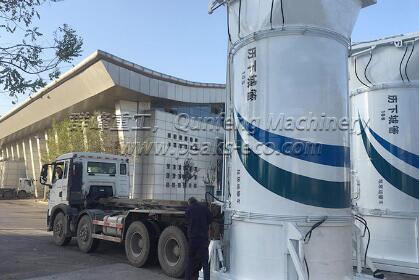Arrivals and Scale Inbound commercial vehicles are first directed to the scale house. Loads are weighed and tippage fees are assessed as applicable. If a transfer station allows the public to also drop off solid waste, there may be a separate queue and scale for this purpose.
Tipping , Processing and Reloading Vehicles are unloaded at the main transfer building. Solid waste may be dropped onto the floor, into a pit, or immediately onto another vehicle. During this process, transfer station employees will screen the waste for any unauthorized materials. Compactors are used at some transfer stations to compact waste and thereby increase the payload of outbound trailers.
Facility The facility typically includes a scale location and an enclosed building where tippage and transfer take place.
The property requires adequate space to facilitate the queuing of vehicles at the scale and at the main building. As well, there should be space to accommodate the parking of outbound transfer trailers. Additional property will be required for staging unacceptable garbage. Some waste transfer stations provide space for the public to drop off green waste or other approved recyclables.
Basic Equipment Aside from scales, transfer stations typically use equipment such as front-end loaders, cranes, conveyors, walking floors and compactors.
Staffing Waste transfer stations require customer service and scale house operators, traffic controllers, equipment operators, maintenance mechanics, as well as other technical and management staff.
We can provide waste transfer station system including large-scale waste transfer station system, vertical waste transfer station system, overground and underground vertical waste transfer station system, small and medium size waste transfer station system and so on.
